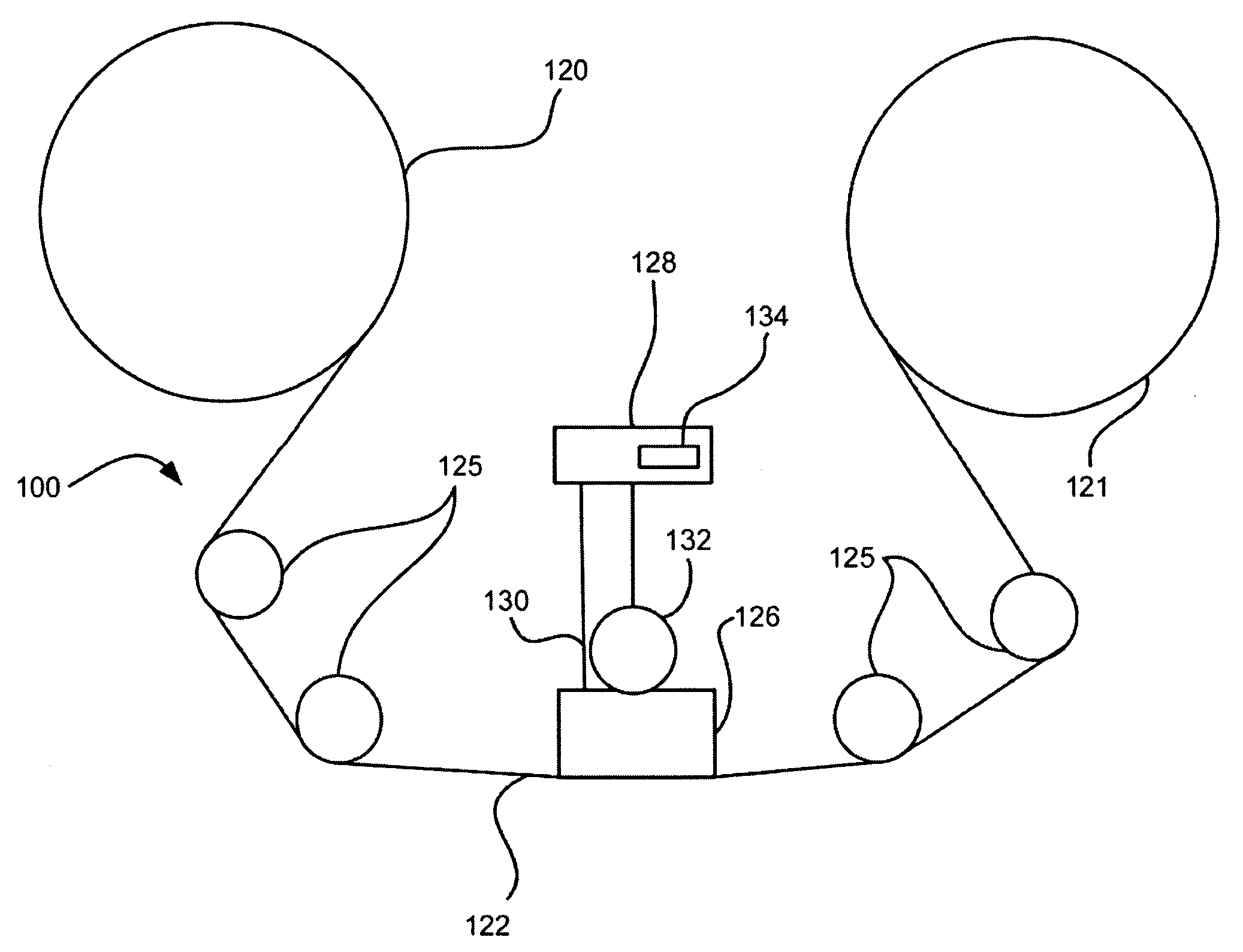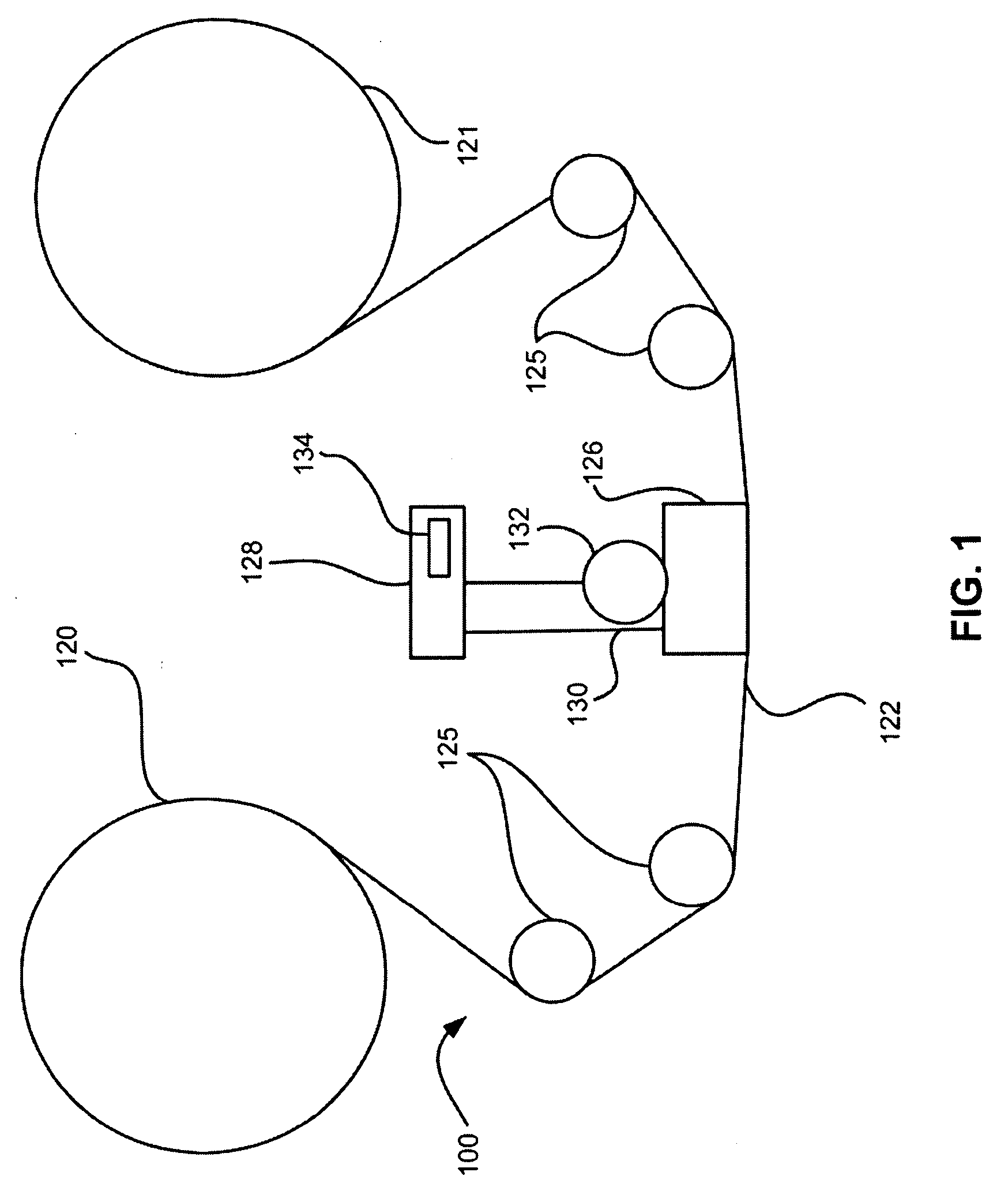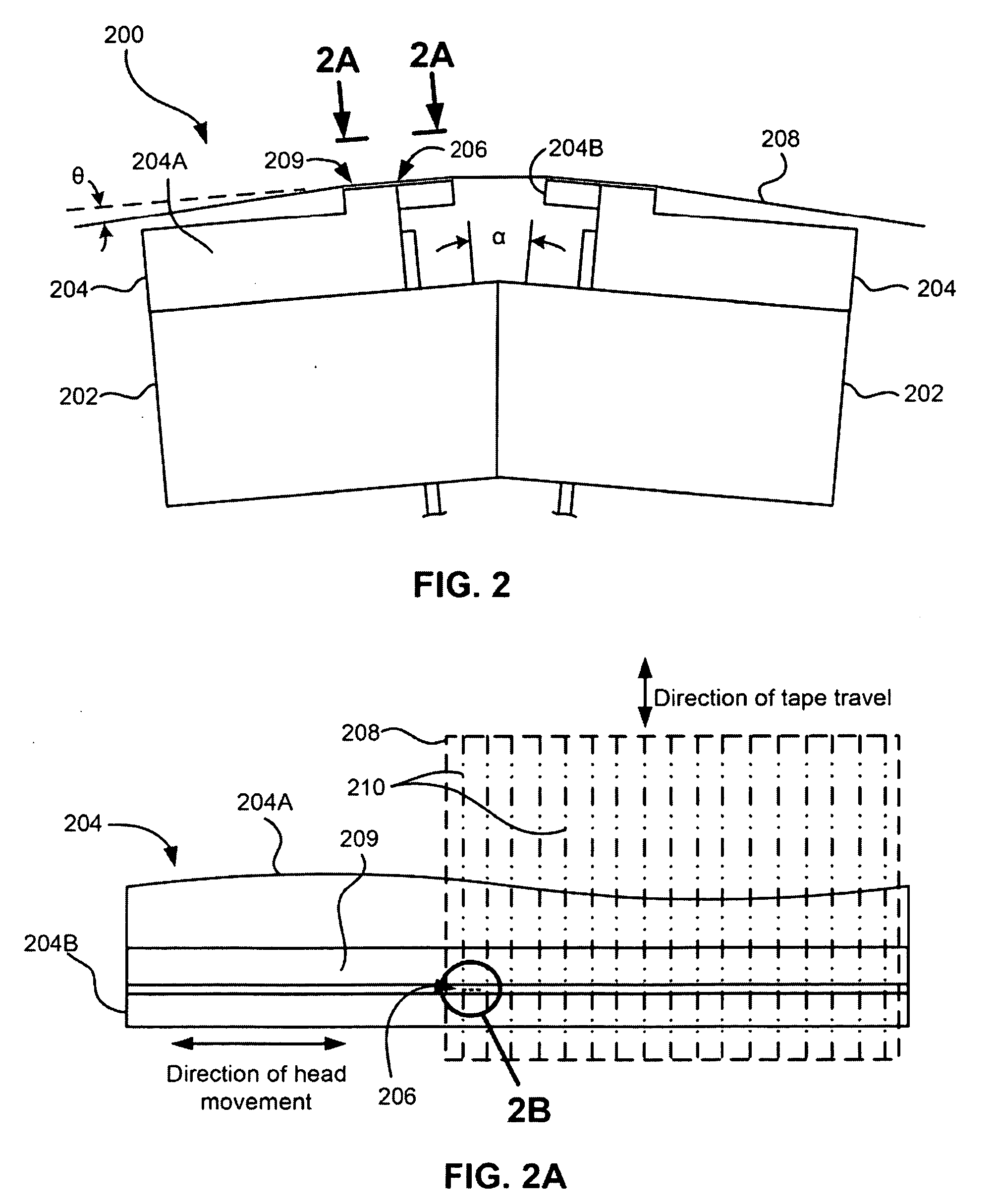Systems and methods for protecting a sensitive device from corrosion
a sensitive device and corrosion protection technology, applied in the field of data storage systems, can solve the problems of loss of wallace spacing, increase in the spacing between the magnetically active portion of the sensor and the magnetic coating on the tape, etc., and achieve the effect of reducing relative humidity and reducing or eliminating the corrosion of the sensor
- Summary
- Abstract
- Description
- Claims
- Application Information
AI Technical Summary
Benefits of technology
Problems solved by technology
Method used
Image
Examples
Embodiment Construction
[0041]The following description is made for the purpose of illustrating the general principles of the present invention and is not meant to limit the inventive concepts claimed herein. Further, particular features described herein can be used in combination with other described features in each of the various possible combinations and permutations.
[0042]Unless otherwise specifically defined herein, all terms are to be given their broadest possible interpretation including meanings implied from the specification as well as meanings understood by those skilled in the art and / or as defined in dictionaries, treatises, etc.
[0043]The following description discloses several preferred embodiments of tape-based storage systems, as well as operation and / or component parts thereof.
[0044]In one general embodiment, a method for protecting a magnetic head comprises applying an organic coating to a magnetic head for reducing exposure of the head to oxidation promoting materials, and storing the ma...
PUM
| Property | Measurement | Unit |
|---|---|---|
| RH | aaaaa | aaaaa |
| RH | aaaaa | aaaaa |
| relative humidity | aaaaa | aaaaa |
Abstract
Description
Claims
Application Information
 Login to View More
Login to View More - R&D
- Intellectual Property
- Life Sciences
- Materials
- Tech Scout
- Unparalleled Data Quality
- Higher Quality Content
- 60% Fewer Hallucinations
Browse by: Latest US Patents, China's latest patents, Technical Efficacy Thesaurus, Application Domain, Technology Topic, Popular Technical Reports.
© 2025 PatSnap. All rights reserved.Legal|Privacy policy|Modern Slavery Act Transparency Statement|Sitemap|About US| Contact US: help@patsnap.com



